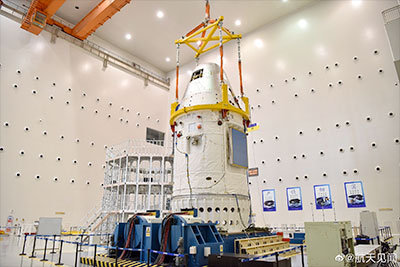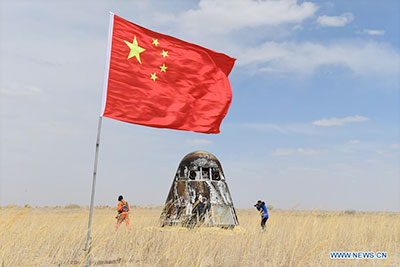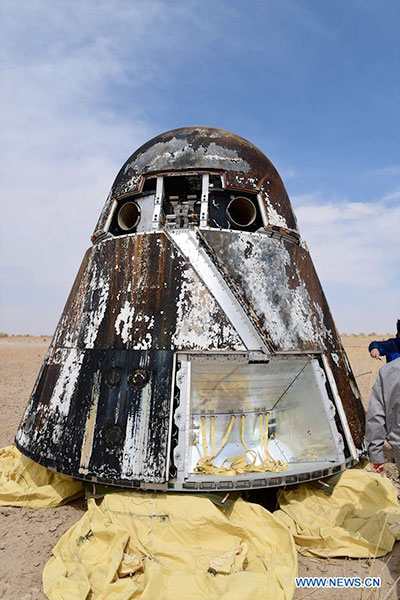China's new-generation manned spacecraft 'Mengzhou' completes zero-altitude escape flight testChina successfully conducted an escape flight test on its new-generation manned spacecraft Mengzhou at zero altitude on Tuesday (June 17), marking an important step forward in its manned lunar exploration program.
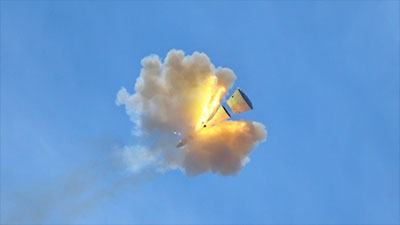
Conducted at the Jiuquan Satellite Launch Center in northwest China, this test signifies China's second zero-altitude escape flight test, 27 years after such a test by the Shenzhou manned spacecraft in 1998.
At 12:30 p.m. Beijing Time, the ignition command was issued, and the escape engines of Mengzhou were successfully ignited. Powered by solid rocket motors, the integrated spacecraft and launch escape tower assembly rapidly ascended, reaching its designated altitude in about 20 seconds.
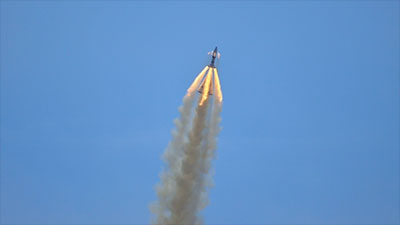
Following this, the return capsule safely separated from the escape tower, and the parachute system deployed as planned. By 12:32 p.m., the return capsule made a soft landing in the predetermined recovery zone, utilizing its airbag cushioning system, marking the complete success of this crucial test.
The Mengzhou system, unlike the Shenzhou's approach where "the launch vehicle handled escape functions while the spacecraft managed crew survival," integrates both escape and survival capabilities into a unified spacecraft architecture.
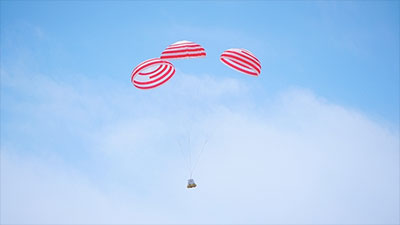
The test successfully evaluated the spacecraft's integrated escape-rescue subsystem and its supporting systems. It validated the design integrity and system compatibility of critical functions, including escape sequence timing, escape separation mechanisms and closed-loop control of escape trajectories. Valuable real-flight performance data of the escape system was also gathered through the test.
Mengzhou is a new generation of manned space-to-ground round-trip transport vehicle which is independently developed by China for the subsequent manned spaceflight missions. It adopts a modular design and can carry up to seven astronauts. Additionally, its overall performance has reached the international advanced level.
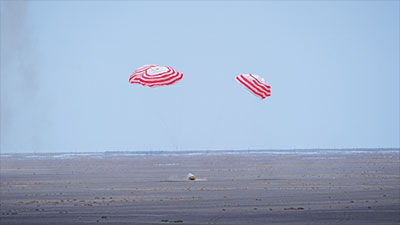
Mengzhou will become the core manned spacecraft sustaining the application and development of China's space station, manned lunar exploration and other tasks. The successful test on Tuesday has laid an important technical foundation for the subsequent manned lunar exploration missions.
Development of other major equipment for the manned lunar exploration missions, such as the Long March-10 carrier rocket and the lunar lander, are advancing steadily, and related tests will be implemented as planned in the future.











